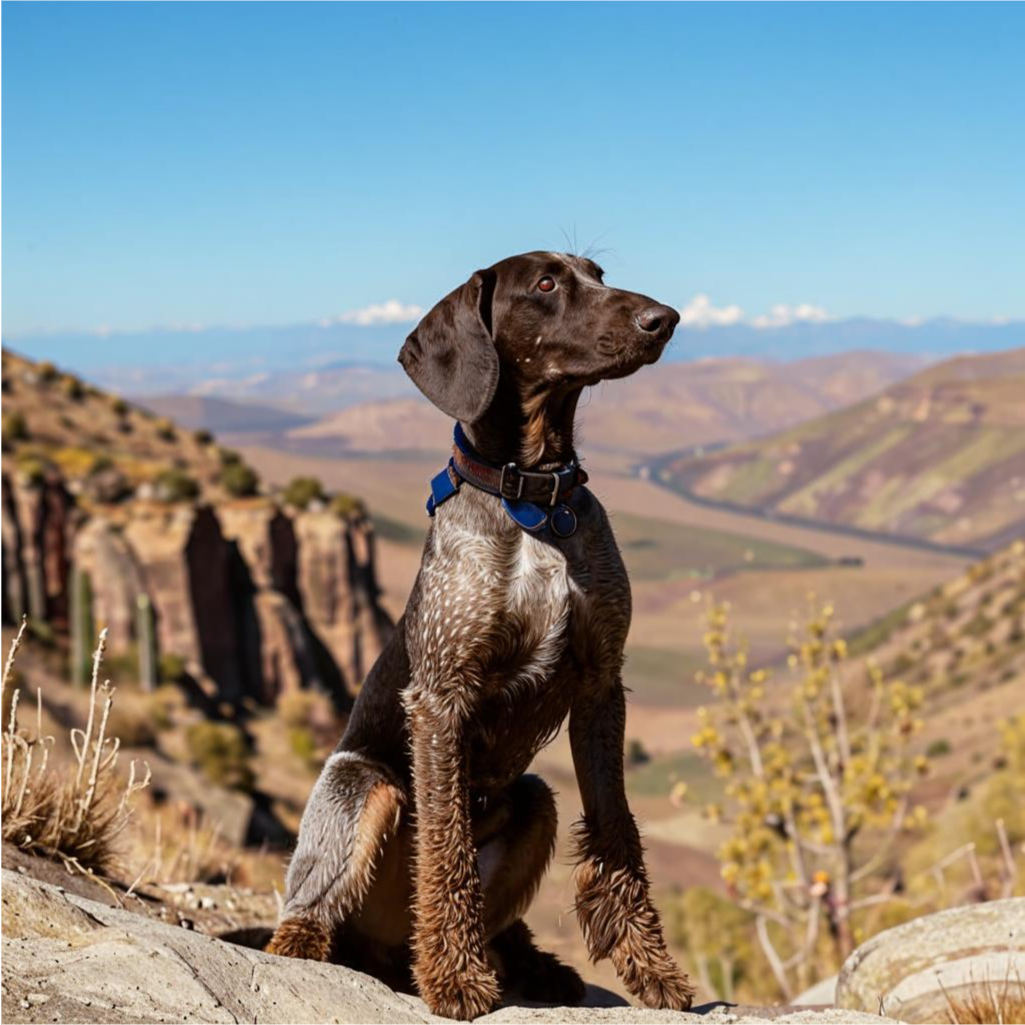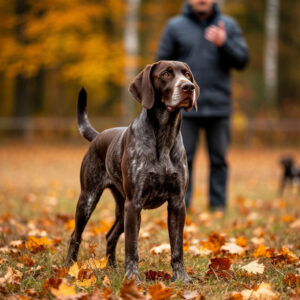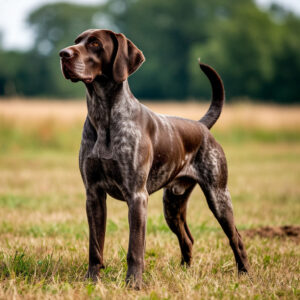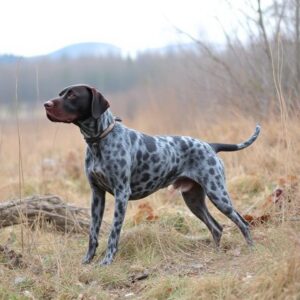Specialized Training Techniques to Transition Rescued GWPs from Shelter to Family Environment
German wirehair rescue training starts the moment you bring home a rescued GWP. It’s a rewarding experience, but it comes with its own set of challenges. These dogs often come from hunting backgrounds, shelters, or even abusive situations, which means they may need extra patience and a softer approach to adjust to life in a home. Whether you’re helping an older GWP settle in or you’re focused on rebuilding trust in an abused dog, understanding where your dog came from is the first step.
Many rescue GWPs aren’t your typical house pets. Some spent years in kennels or the field. Others were surrendered because they didn’t meet a hunter’s expectations. Some may have been neglected entirely. All of that shows up in their behavior—anxiety around new people, a tendency to bolt, or little to no experience being indoors.
That’s why this kind of training is different. It’s not just about teaching sit or stay. It’s about showing them that the world is safe, that people can be kind, and that they have a place to belong.
Why German Wirehair Rescue Training Is Different
Unlike training a puppy, german wirehair rescue training is all about rebuilding trust, managing instincts, and working with older habits. Each dog’s background shapes how they respond, so your approach needs to be flexible and gentle.
Older dogs have lived through things we don’t always know about. Some flinch at raised hands. Others panic when they hear loud noises or feel cornered. Traditional obedience methods often backfire. Instead of reacting to behavior with punishment, you’re looking to guide with consistency, calmness, and reward.
And then there’s the hunting instinct. Even if a dog is retired from the field, that instinct doesn’t just disappear. These dogs might still lock up on birds, chase squirrels, or react strongly to scent trails. The key is to channel that energy safely—through structured activities like scent games or field exposure later on.
Helping a Rescue GWP Settle In
The first few weeks matter most. Stick to a calm routine: regular mealtimes, quiet walks, and safe places in the house where your dog can relax. Avoid crowded dog parks or high-stimulus environments. You’re not trying to flood them with experiences—they’ve had enough of that. You’re building trust, one quiet day at a time.
Treats help, but your tone and energy matter more. If they hesitate to come near, don’t push. Just be present. Sit on the floor. Let them come to you. They will.
If you’re dealing with house training challenges in older GWPs, patience is critical. They might not know what you’re asking at first. Celebrate the small wins: going potty outside, sleeping through the night, or choosing to lie near you. Those are big steps in their world.
Rebuilding Confidence and Trust
One of the most important goals in german wirehair rescue training is rebuilding the dog’s confidence. That starts with giving them choices and control in safe environments.
Use puzzle toys, nosework games, and easy obedience cues to engage their brain. These dogs were bred to work—keeping them mentally active helps redirect anxious energy. Start simple: sniff a treat, follow a hand, touch a target. Over time, layer on more challenges.
Some dogs are ready for short walks around the block in a week. Others may need two months before they feel safe leaving the yard. Watch their body language. Reward curiosity and bravery with praise and treats. Keep sessions short and positive.
Retraining the Traumatized GWP
If you’re rehabilitating abused hunting dogs, training means showing them the world isn’t scary. That means identifying their triggers—maybe it’s men with hats, doors slamming, or raised voices—and creating neutral or positive associations.
Start with simple leash work. Use a soft, well-fitting harness and let them explore at their pace. If they freeze or shut down, just stop and wait. Don’t drag them. Let them decide when it’s safe. Celebrate forward motion, no matter how small.
Over time, improving leash manners for traumatized dogs becomes a bonding activity. A walk isn’t just exercise—it’s trust-building on four legs.
House Training Older GWPs
This is often one of the hardest parts. Dogs who’ve lived outside or in kennels may not understand why peeing indoors is wrong. They’re not being stubborn—they just don’t know.
Set a routine. Take them out first thing in the morning, after meals, and before bed. Praise them heavily when they go outside. If they have an accident indoors, clean it thoroughly and calmly redirect them next time. Don’t scold—just guide.
Use crates or pens only if they help the dog feel secure, not as punishment. Some dogs may find them comforting, while others panic. Observe, don’t assume.
Reintroducing Gun Dogs to Birds
Some rescue GWPs were retired from hunting, while others never quite made the grade. But the instinct usually remains. If your dog seems ready, reintroducing gun dogs to birds can be done slowly and gently.
Start with bird-scented toys or feathers. Watch their reaction. Do they freeze? Sniff excitedly? Show interest? If yes, try a controlled bird exposure in a field, ideally with a calm, bird-wise dog present.
Keep sessions short and end on a positive note. The goal isn’t to make them hunt again unless you want to—but to give them an outlet for instinctive energy. It can be incredibly therapeutic for a GWP.
Final Thoughts
Every rescued dog comes with history. German wirehair rescue training isn’t about erasing that—it’s about helping the dog move forward. With patience, structure, and consistency, even the most fearful GWP can learn to trust again.
You’re not just training a dog. You’re helping them feel safe, connected, and at home. That’s the real win.



